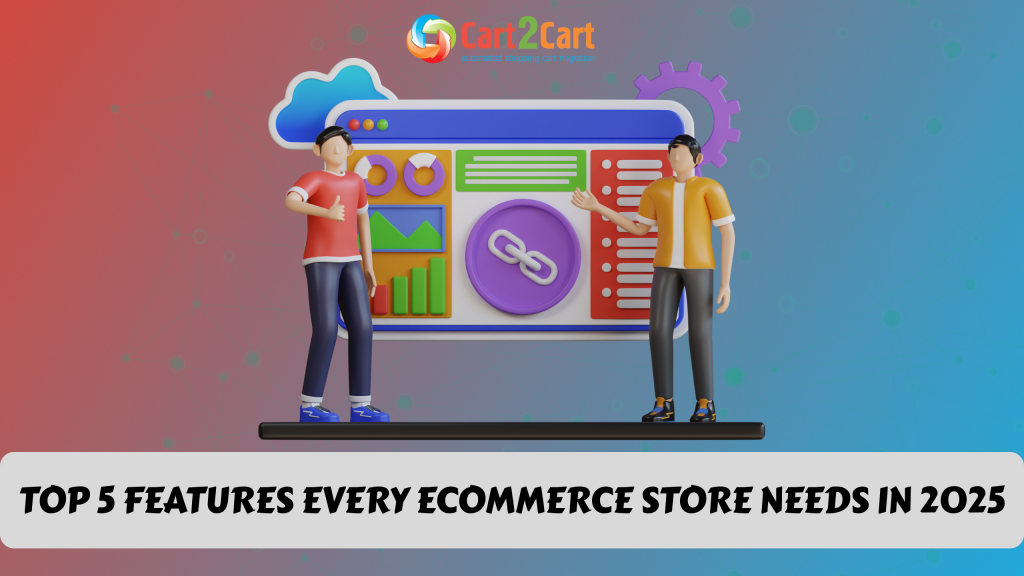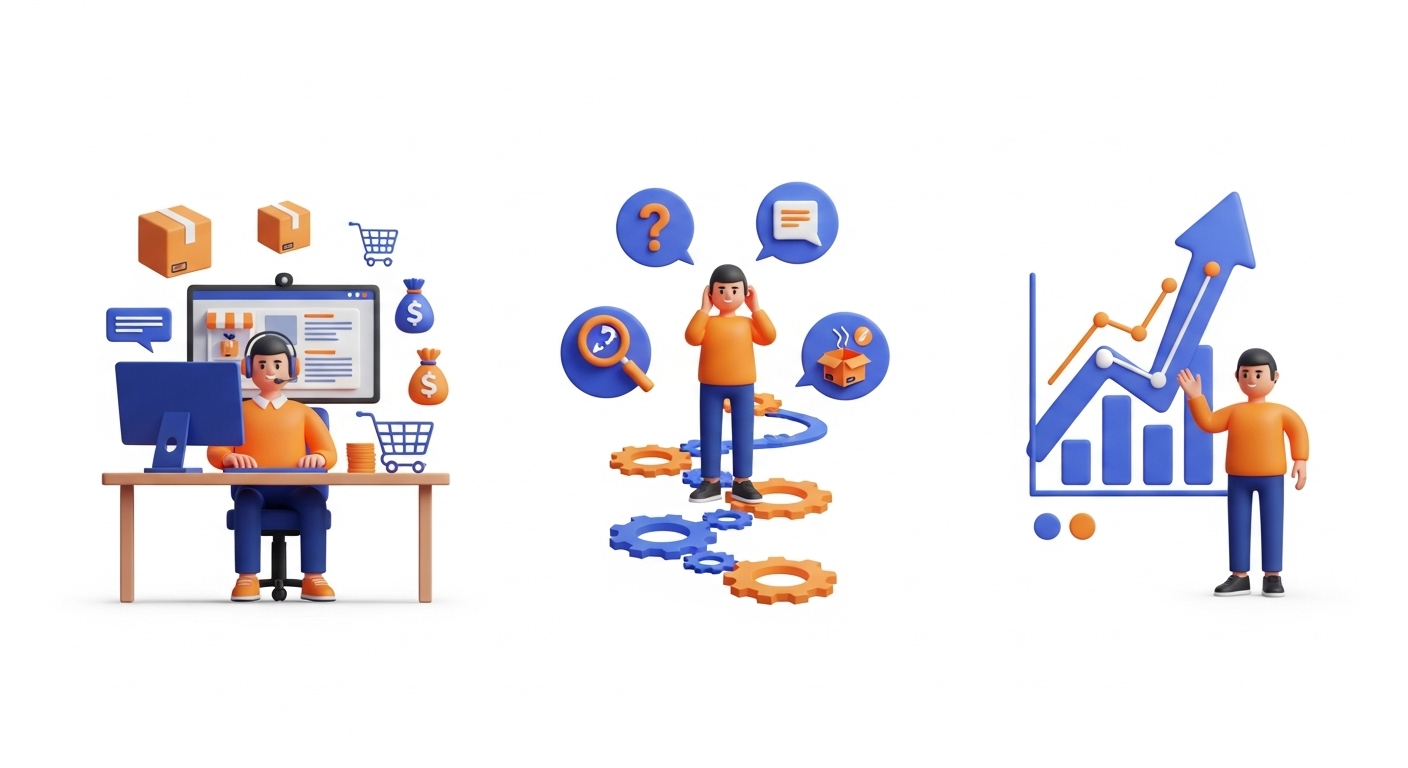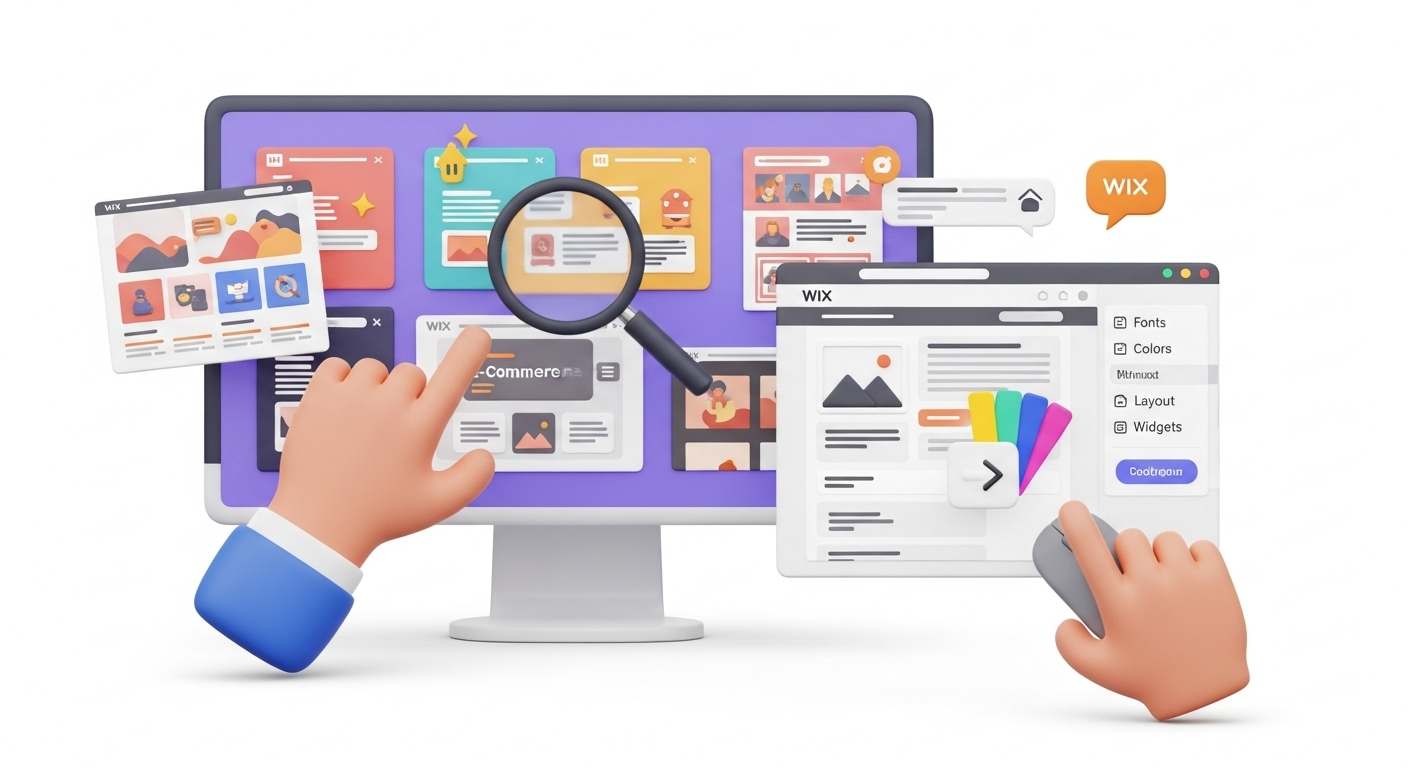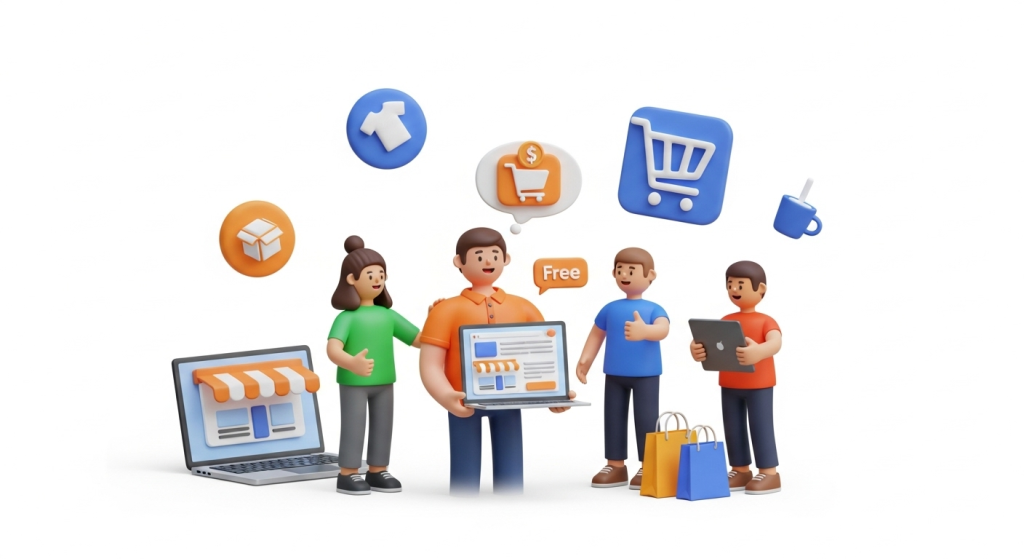The eCommerce landscape is constantly evolving, and in 2025, online stores must adopt cutting-edge features to stay competitive. Consumers expect seamless shopping experiences, high security, and personalized interactions. Whether you’re launching a new store or upgrading an existing one, having the right features can significantly impact your success.
Here are the top five must-have features for every eCommerce store in 2025 to ensure maximum efficiency, growth, and customer satisfaction.
1. AI-Powered Personalization
Personalization has become a game-changer in online shopping. AI-driven recommendations analyze customer behavior, purchase history, and preferences to deliver tailored product suggestions, personalized email campaigns, and dynamic content.
Why It Matters:
- Increases conversion rates by showing customers relevant products.
- Enhances customer experience by making shopping effortless and intuitive.
- Boosts customer retention through personalized engagement strategies.
Key AI-Powered Personalization Tools:
- Dynamic pricing based on demand and customer behavior.
- Smart product recommendations powered by machine learning.
- AI-driven chatbots that assist customers in real time.
2. Seamless Omnichannel Integration
Shoppers expect a unified experience across multiple channels, whether they browse via desktop, mobile, social media, or in-store. A strong omnichannel strategy ensures that customers can switch between platforms without friction.
Why It Matters:
- Provides a consistent shopping experience across multiple touchpoints.
- Improves sales potential by reaching customers where they are most active.
- Enhances brand trust through seamless interactions.
Essential Omnichannel Features:
- Cross-platform shopping carts (e.g., adding items via mobile and checking out via desktop).
- Social commerce integration with platforms like Instagram, TikTok, and Facebook.
- Real-time inventory synchronization across all channels.
3. Headless Commerce for Maximum Flexibility
Headless commerce decouples the frontend (storefront) from the backend (eCommerce platform), giving businesses the flexibility to create customized shopping experiences without being restricted by platform limitations.
Why It Matters:
- Allows for highly customized designs and unique user experiences.
- Improves website speed and performance for better SEO rankings.
- Supports multi-device experiences like voice shopping and smart assistants.
How to Leverage Headless Commerce:
- Use API-driven architecture to integrate various frontends.
- Enable progressive web apps (PWAs) for faster load times.
- Customize the customer journey with dynamic content and interactive elements.
Ready to Upgrade Your ECommerce Store?
Make your migration to a new eCommerce platform smooth and stress-free with Cart2Cart! Transfer your products, customers, and orders automatically—no downtime, no data loss. Start your seamless migration today!
TRY IT FREE
4. Advanced Payment & Checkout Options
With checkout abandonment rates averaging around 70%, a smooth and secure payment process is critical for reducing friction and maximizing conversions. In 2025, customers expect multiple payment options and a seamless checkout experience.
Why It Matters:
- Increases checkout completion rates by offering flexible payment methods.
- Enhances trust and security with encrypted transactions.
- Boosts customer satisfaction through seamless transactions.
Must-Have Payment Features:
- Buy Now, Pay Later (BNPL) options (e.g., Klarna, Afterpay, Affirm).
- One-click checkout for returning customers.
- Cryptocurrency payments and digital wallets (Apple Pay, Google Pay, PayPal, etc.).
5. AI-Enhanced Security & Fraud Prevention
With cyber threats on the rise, robust security measures are non-negotiable for online stores. AI-powered fraud detection and security systems are now a necessity to protect both customers and businesses from data breaches and fraudulent transactions.
Why It Matters:
- Prevents financial losses due to fraud and chargebacks.
- Protects customer data and enhances brand credibility.
- Ensures compliance with privacy regulations like GDPR and CCPA.
Critical Security Features:
- AI-based fraud detection that flags suspicious transactions.
- End-to-end encryption for customer data protection.
- Multi-factor authentication (MFA) for secure logins.
Conclusion
As eCommerce evolves, staying ahead of the competition requires adopting these essential features in 2025. AI-driven personalization, seamless omnichannel integration, headless commerce, advanced payment solutions, and AI-enhanced security will define the future of online shopping.
If you’re planning to migrate to a new eCommerce platform that supports these cutting-edge features, Cart2Cart can help make the transition seamless and hassle-free. Try a free demo migration today and future-proof your online business!
Monthly Update – December 2025
For December 2025, a significant trend influencing eCommerce success is the advanced application of AI-driven analytics for predictive inventory management and proactive customer support. Beyond simple recommendations, AI now empowers stores to forecast demand with remarkable accuracy, minimizing overstocking or stockouts. This not only optimizes supply chains and reduces waste but also significantly enhances customer satisfaction by ensuring product availability and reducing shipping delays. Furthermore, AI-powered analytics are revolutionizing customer service by identifying potential issues before they arise, offering personalized solutions, and streamlining communication across all touchpoints, from chatbots to live agents. Implementing robust AI analytics capabilities allows businesses to gain deeper insights into market dynamics, refine operational efficiency, and deliver a truly seamless and responsive shopping journey that anticipates customer needs and builds lasting loyalty.
For more details, explore our FAQ section or schedule a call with a migration expert.






